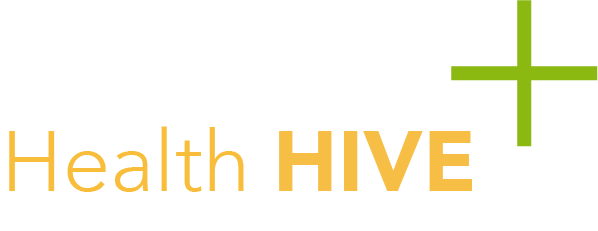The Secret to Living Longer: What We Can Learn from Blue Zones
What if the secret to living a longer, healthier life was already out there – and all we needed to do was pay attention? That’s the magic of Blue Zones, five regions around the world where people live significantly longer than average, often surpassing 100 years. These places aren’t just about adding years to life; they’re about adding life to years. What’s their secret? Let’s explore the habits, cultures, and lifestyle choices that make these regions the healthiest in the world. What Are Blue Zones? Blue Zones are areas of the world where people experience extraordinary longevity. The term was coined by National Geographic fellow Dan Buettner, who identified five key regions known for their population’s impressive lifespans. These areas are: People in these regions consistently live to be over 100, and they do so while enjoying an overall quality of life that many of us would envy. But what exactly makes these places so special? The Blue Zone Lifestyle: More Than Just Genetics It’s easy to think that longevity is all about genetics, but studies show that lifestyle plays a much larger role. So, what can we learn from Blue Zone populations? 1. Eat a Plant-Based Diet People in Blue Zones eat primarily plant-based foods. In Okinawa, their diet consists mostly of sweet potatoes, tofu, and various vegetables. In Sardinia, the focus is on whole grains, beans, and locally grown vegetables. These diets are rich in antioxidants and low in processed foods, which contributes to lower rates of heart disease, cancer, and other chronic illnesses. A study highlighted in Healthline reinforces this by showing that a predominantly plant-based diet can help maintain a healthy weight, improve cardiovascular health, and increase overall life expectancy. Watch More: Learn more about the science behind Blue Zones and the research that shaped the movement. Dan Buettner: The Secrets of the World’s Longest-Living People 2. Stay Active (But Not in the Gym) In Blue Zones, physical activity is woven into daily life rather than being confined to a formal workout. People walk everywhere, garden, and even do manual labor as part of their regular routines. The key isn’t intense exercise, but staying consistently active. In Ikaria, Greece, for example, people often climb hills and walk long distances as part of their daily routines. Similarly, in Sardinia, many elderly people continue to work on farms and walk great distances without thinking twice about it. Watch More: A deeper dive into the habits and lifestyles that make Blue Zones so unique. How to Live to 100: Lessons from the Blue Zones 3. Have Strong Social Connections One of the most fascinating aspects of Blue Zone populations is their sense of community. Research shows that people in these areas maintain close-knit social circles, with family, friends, and neighbors all contributing to each other’s well-being. In Loma Linda, California, for instance, the Seventh-Day Adventist community is known for its supportive networks and emphasis on social and spiritual well-being. These social connections provide emotional support, reduce stress, and encourage healthier behaviors. 4. Focus on Purpose Having a sense of purpose is another key factor in Blue Zones. People in these regions often have strong reasons to wake up every day, whether it’s taking care of their families, contributing to their communities, or engaging in meaningful work. This sense of purpose has been linked to improved mental and physical health, as it helps to reduce stress and boost overall happiness. In Nicoya, Costa Rica, this sense of purpose is reflected in the older population’s dedication to daily routines and community involvement. Whether it’s tending to gardens or helping with family businesses, there’s always something to look forward to. 5. Embrace a Positive Attitude Toward Aging In Blue Zones, aging is seen as a natural and even positive process. Older adults aren’t pushed to the sidelines or overlooked. Instead, they’re celebrated for their wisdom and experience. This attitude toward aging is not only psychologically beneficial but also helps people stay physically active and mentally sharp as they grow older. The Blue Zones Movement: Bringing Longevity to Our Own Communities The lessons from Blue Zones are more than just interesting facts; they’re actionable. Several cities across the United States, like Petaluma, California, are embracing Blue Zone-inspired initiatives to improve the health and longevity of their residents. In Petaluma, local leaders have focused on making the community more walkable, promoting plant-based diets, and strengthening social connections. These efforts aim to replicate the success of Blue Zones in an urban setting, proving that longevity can be cultivated anywhere. If you’re looking to bring Blue Zone habits into your own life, here are a few simple tips: Final Thoughts The Blue Zones aren’t just about living longer; they’re about living better. By adopting some of the lifestyle choices and habits that make these regions so unique, you don’t just add years to your life — you add life to your years. So, why not start today? Small changes in how we eat, move, and connect with others could lead to big improvements in our well-being. References

































































